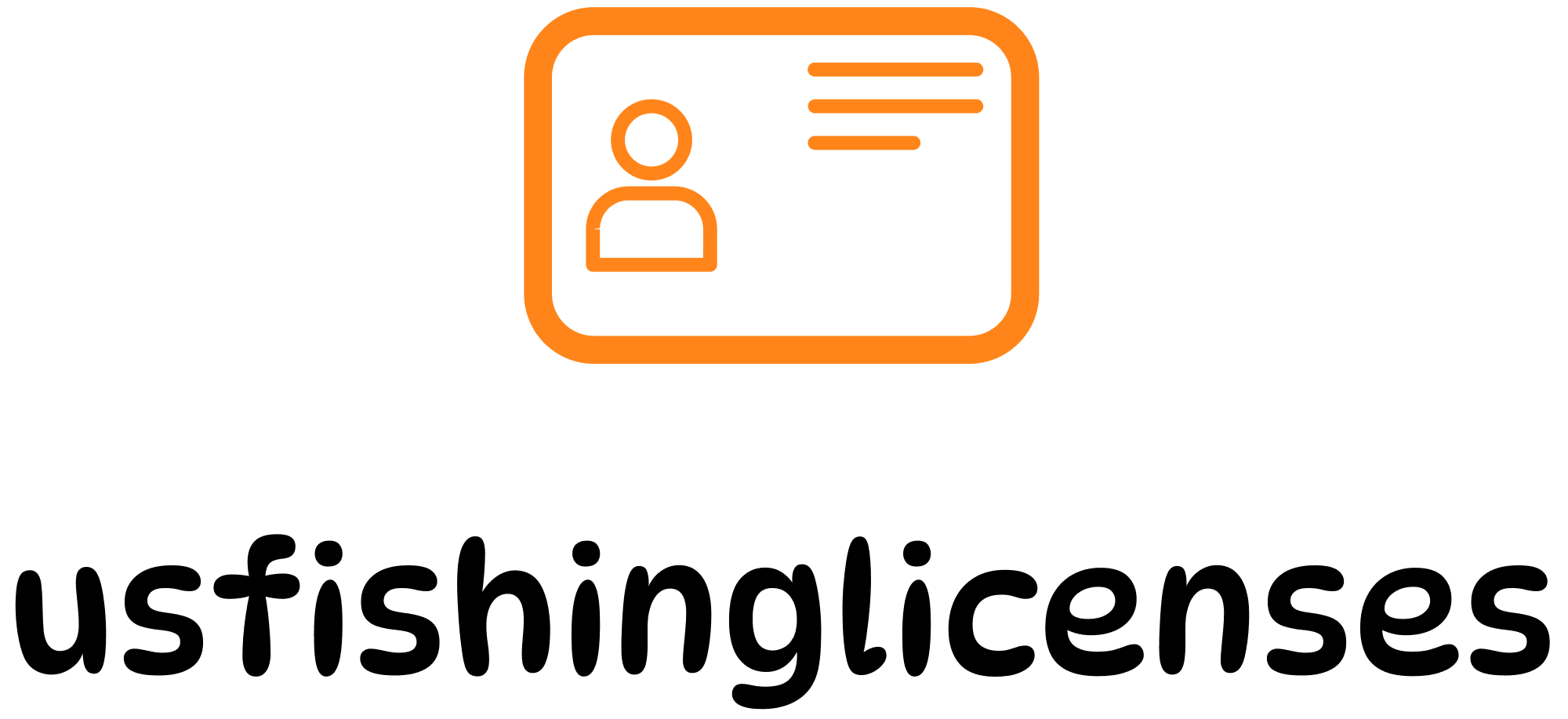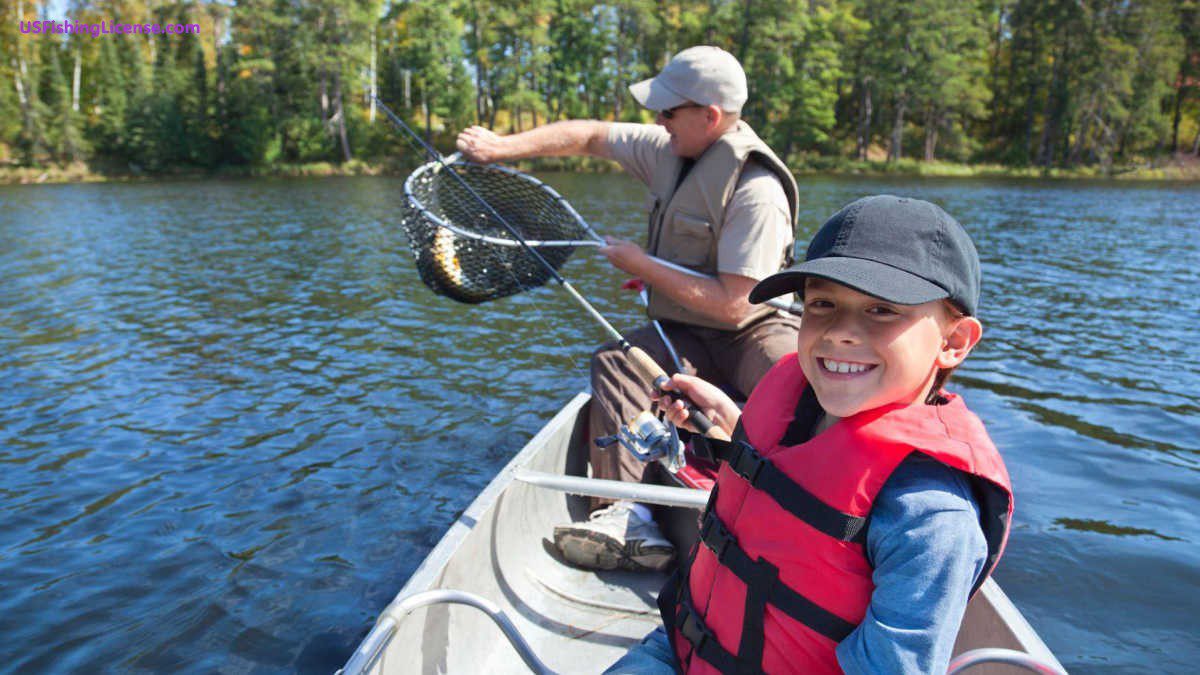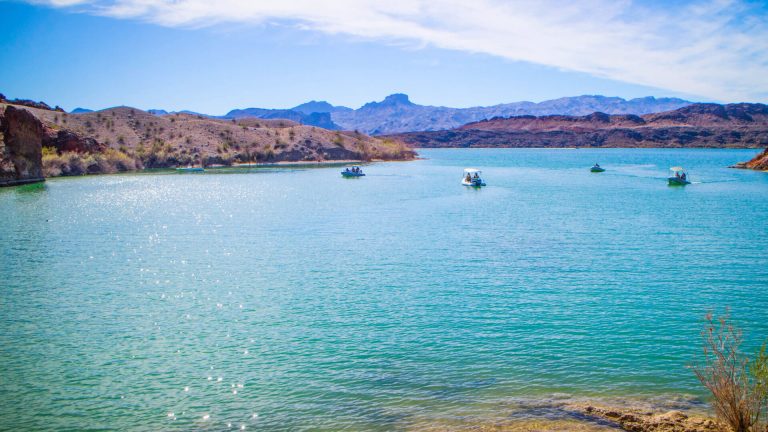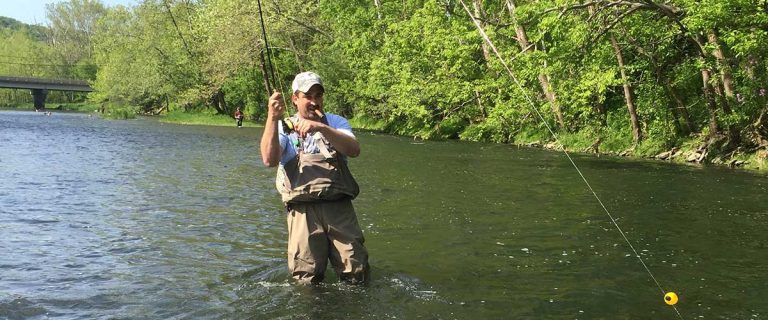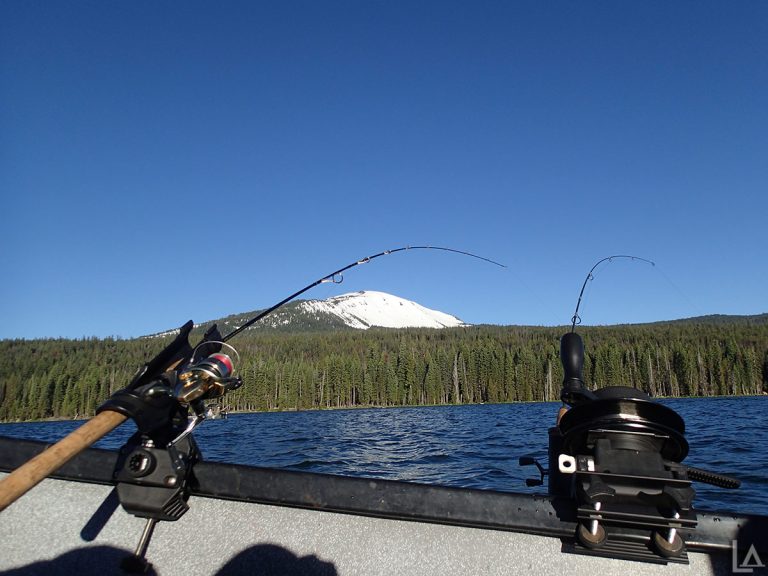Minnesota’s ice fishing season transforms frozen lakes into winter playgrounds for anglers seeking everything from walleye to northern pike. With over 10,000 lakes and a rich ice fishing tradition, understanding both licensing requirements and critical safety protocols is essential for a successful and safe experience on Minnesota ice.
License Requirements for Minnesota Ice Fishing
Who Needs a Fishing License in Minnesota
All residents of Minnesota aged 16 to 89 must have a current Minnesota fishing license unless an exemption applies. Non-residents need a license regardless of age, with the exception of those 15 and younger when accompanied by a licensed parent or guardian.
Exemptions include:
- Minnesota residents under 16 or over 89 years old
- Minnesota residents who are active-duty military personnel home on leave (with leave papers)
- Residents fishing during designated free fishing weekends (including Kid Ice Fishing Weekend: January 18-20, 2025)
License Types and Costs
Fishing licenses in Minnesota are valid from March 1 to the last day of February of the following year. Current 2024-25 licenses remain effective until February 28, 2025.
| License Type | Resident Fee | Non-Resident Fee |
|---|---|---|
| Individual Angling | $25 | $51 |
| Combination Angling (married couple) | $40 | $68 |
| 24-hour | $12 | $14 |
| 72-hour | N/A | $36 |
| 7-day | N/A | $43 |
| Youth (16-17) | $5 | $5 |
Note: Prices don’t include the $1 agent fee
Ice House/Shelter Licenses
Ice houses that remain unattended between midnight and one hour before sunrise require special licensing:
- Identification requirements: All shelters need identification unless occupied (within 200 feet), including owner’s name and address, driver’s license number, or Minnesota DNR identification number
- Shelter tags: Must be clearly visible on the exterior of the ice house
- License validity: Valid from March 1 through April 30 of the following year
- Where to obtain: Available at deputy registrar offices, DNR License Center in St. Paul, or online at MN DNR website
How to Purchase a Minnesota Fishing License
Licenses can be obtained through several convenient methods:
- Online through the Minnesota DNR website
- In person at deputy registrars of motor vehicles
- At the DNR License Center in St. Paul
- Through US Fishing Licenses for streamlined processing
Required documentation: Minnesota residents 21 and older must provide a driver’s license number or public safety identification number as proof of residency.
Ice Safety Protocols
Ice Thickness Guidelines
Ice is never 100% safe. Minnesota DNR recommends the following minimum ice thickness guidelines for clear, newly-formed ice:
| Activity | Minimum Ice Thickness |
|---|---|
| Stay off | Under 4 inches |
| Ice fishing/walking | 4-5 inches |
| Snowmobile or ATV | 5-7 inches |
| Side-by-side ATV | 7-8 inches |
| Small car/SUV | 9-10 inches |
| Medium truck | 12-15 inches |
Note: Double these thickness guidelines for white or snow ice, which is only half as strong as clear ice
Critical Safety Equipment
Safety gear can be the difference between life and death on ice. Essential items include:
- Life vest/float coat: Wear under winter gear or use one of the new flotation snowmobile suits
- Ice picks: Critical for self-rescue if you fall through
- Ice chisel/auger: To test ice thickness regularly
- Throw rope: For rescuing others
- Extra dry clothes in a waterproof container
- Fire starter/matches in waterproof container
- First aid kit
- Cell phone in waterproof container
Ice Safety Best Practices
- Check ice conditions before heading out: Contact local resorts, bait shops, or use ice condition apps for current information
- Understand ice characteristics:
- New, clear ice is stronger than old, honeycomb ice
- Ice near shore may be weaker than ice farther out
- Ice formed over flowing water (inlets, outlets, springs) is dangerous
- Snow-covered ice freezes more slowly and is generally weaker
- Vehicle safety on ice:
- Refrain from driving on ice whenever possible
- Keep windows down and doors unlocked
- Park vehicles at least 50 feet apart
- Move vehicles every 2 hours to prevent sinking
- Avoid “hotspots” where others have repeatedly parked
- Late-season precautions:
- Ice deteriorates rapidly during spring thaws
- Be aware that morning ice conditions may be unsafe by afternoon
- Double the thickness recommendations during late-season ice
- Check for signs of degrading ice (changing color, honeycombed appearance)
- Avoid alcohol consumption which impairs judgment and accelerates heat loss
Minnesota Ice Fishing Season Dates and Regulations
Season Dates (2024-2025)
The ice fishing season varies by species and location:
- General inland waters: Mid-December through February 23, 2025
- Boundary Waters Canoe Area: Open now through March 31, 2025
- Lake trout (winter season): January 18 – March 31, 2025 (outside BWCAW); January 1 – March 31, 2025 (inside BWCAW)
- Special ice fishing weekends: Kid Ice Fishing Weekend: January 18-20, 2025 (Residents 16+ can fish without license)
Ice House Removal Deadlines
Ice houses must be removed from Minnesota lakes by:
- March 4th (for most lakes)
- After removal dates, structures can remain during daylight but must be occupied or attended (within 200 feet) between midnight and sunrise
Penalties for Violations
Non-compliance with regulations can result in:
- Prosecution
- Confiscation or destruction of structures
- Fines for littering or improper disposal
- Charges for removal of sunken vehicles (48 hours to report, 30 days to remove)
Additional Ice Fishing Tips
Successful Presentation Techniques
For clear conditions early in the season:
- Use baits with metallic finishes (silver, gold)
- Try aggressive ripping techniques to attract fish from distances
- Position lures higher in the water column for visibility
As the season progresses:
- Adjust presentation based on water clarity and light penetration
- Consider the impact of snow cover on light conditions
- Vary jigging techniques from aggressive to subtle based on fish response
Environmental Considerations
- Climate impacts: Ice fishing season duration has shortened by 10-14 days since 1967
- Keep it Clean Law: New regulations minimize littering; don’t leave items directly on ice
- Fires on ice: Never place fires directly on ice; use portable fire bowls to prevent ice damage
Emergency Response
If you or someone falls through the ice:
- Don’t panic: Control breathing and focus on escape
- Face the direction you came from: This ice previously held your weight
- Place ice picks into ice: Pull yourself forward onto solid ice
- Roll away from the broken ice area
- Get to shelter, remove wet clothing, and warm up gradually
For someone else falling through:
- Reach, throw, go: Extend a branch, rope, or ladder
- Call 911 immediately
- Avoid approaching the hole directly unless properly equipped and trained
Resources for Minnesota Ice Anglers
- Minnesota DNR Fishing Information
- US Fishing Licenses – Minnesota
- Minnesota Ice Safety Guidelines
- Minnesota Fishing Regulations
Minnesota ice fishing combines the thrill of the catch with the serenity of winter landscapes, but it demands respect for both regulations and nature’s unpredictability. By obtaining proper licensing, following safety protocols, and staying informed about ice conditions, anglers can enjoy this cherished Minnesota tradition safely and responsibly.
